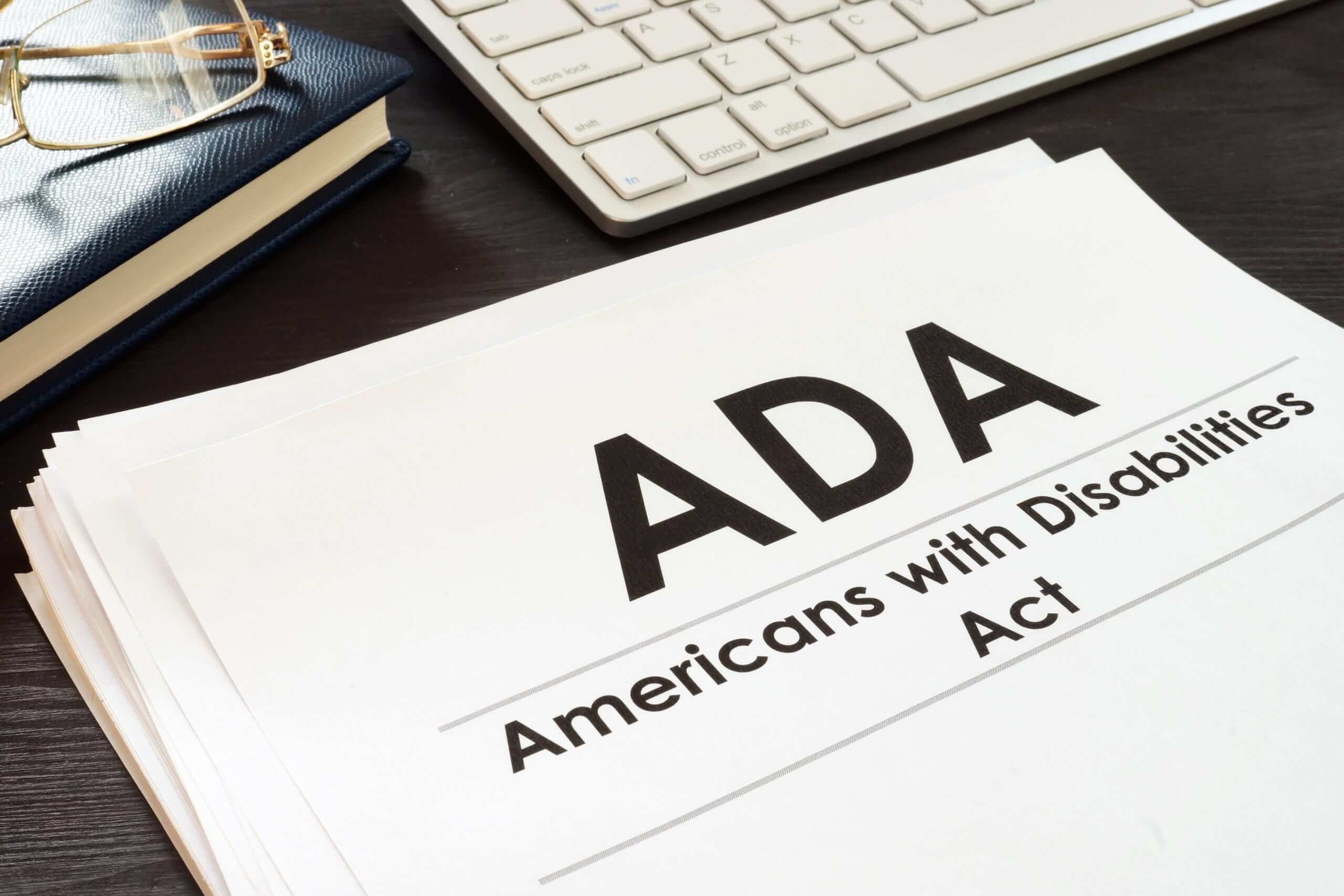
The Americans with Disabilities Act (ADA) was originally signed into law in 1990. It is a civil rights measure intended to provide reasonable accommodations for individuals with disabilities. For businesses, the most important part of that act is Title III, which covers public accommodations, which also impacts private businesses.
According to Title III of the ADA, your business must be accessible to both the public and to your employees. The list of requirements can seem overwhelming, but that doesn’t mean you should avoid making the changes required by law. Beyond exposing yourself to potential lawsuits, not complying with the ADA cuts you off from potential customers and employees.
Here are some of the ways that you can help to improve your building’s accessibility.
Identifying barriers within your building is one of the most obvious aspects of ADA compliance. Yet they’re also among the most frequently cited areas under the ADA, usually due to oversights or the cost of compliance.
You can start improving your accessibility by simply taking a walk through your building and looking for potential barriers for employees and customers with disabilities. Will a wheelchair fit through all the doors in your building? Are there stairs without ramps or alternative modes to access upper floors, like elevators? And if you do have ramps, are they an appropriate grade or do they slope too steeply to be functional?
Identifying these barriers is the first step towards removing them. Plus, you’d rather be the one to identify these issues, rather than having a lawsuit served against you from someone who was unable to reasonably access your building.
Restrooms often require a great deal of attention simply because there’s a lot that goes into making them ADA-compliant. Grab bars may be required in some stalls, especially if you don’t have a handicap-accessible restroom. Changes like this can be expensive and time-consuming, since they involve so many parts and measurements.
That’s why it’s important to think about restroom accessibility as a whole. When you’re looking at the restrooms in your building, take the time to consider every aspect of your infrastructure through the lens of the ADA. That way, you can bring all aspects of your restrooms into compliance, without having to come back and redo—or undo—any work.
This is one of the simplest—but also most overlooked—ways to bring your building into compliance with the ADA. Replacing any knob-style door hardware with a lever-style handle or exit push bar is simple, but it also immediately makes your building much more accessible. With the help of a reputable company like CDF, you can get easy-to-install door hardware into your building quickly.
While an initial walkthrough can help you to identify issues, remaining ADA-compliant also means continuing to monitor areas addressed by ADA guidelines. For instance, if employees decide to stack boxes of paper in a particular area, they may not realize that they’ve just made a hallway too narrow for a wheelchair.
Door closers are another component of compliance that is frequently overlooked. These should always be set at the correct pressure to keep a door from closing too quickly, while not making it more difficult to open. Over time, pressure settings can shift, requiring the employer to restore proper settings.
Stay ADA compliant by familiarizing yourself with updated guidelines and requirements. Most important, you should know that ADA requirements apply to buildings that were built before the law was enacted. All areas of your building must comply with the ADA, regardless of age or renovation plans. It’s in your best interest to take care of issues sooner rather than later.
CDF can help you in your journey to ADA compliance. Whether installing new doors or replacing hardware, CDF offers the materials you need quickly and affordably.